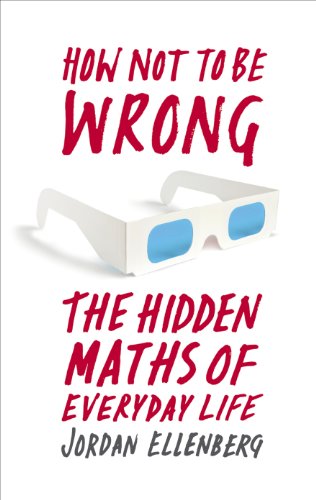How Not to Be Wrong: The Hidden Maths of Everyday Life Link to heading
Summary Link to heading
“How Not to Be Wrong: The Hidden Maths of Everyday Life” by Jordan Ellenberg explores the fascinating ways in which mathematics influences our daily decision-making processes and understanding of the world. Ellenberg, a mathematician, delves into how mathematical principles can illuminate real-world situations, debunk common misconceptions, and reveal deeper truths. The book covers a variety of topics, including probability, statistics, and geometry, demonstrating their relevance from gambling odds to political elections and medical studies.
Review Link to heading
The book has been praised for its accessibility and entertaining approach to a subject that many find daunting. Ellenberg succeeds in making complex mathematical concepts understandable and engaging, often using humor and real-life examples to illustrate his points. The strengths of the book lie in its ability to relate math to practical situations and its encouraging message that mathematical literacy can empower individuals in making better decisions. Some critiques mention that certain sections may delve too deeply into mathematical theory, which could potentially overwhelm readers without a strong background in the subject.
Key Takeaways Link to heading
- Mathematical Literacy: Having a basic understanding of math can significantly improve decision-making in various aspects of life.
- Probability and Statistics: Misunderstandings in probability and statistics can lead to significant errors in judgment and predictions.
- Mathematics in Policy and Life: Math provides crucial insights into policy-making, personal finance, and other life decisions.
- Critical Thinking: Developing a mathematical mindset encourages critical thinking and helps identify biases and errors in reasoning.
Recommendation Link to heading
This book is recommended for readers interested in mathematics, those looking to improve their analytical skills, and individuals curious about the role of math in everyday life. Students, educators, and professionals from various fields might find value in Ellenberg’s insights, as the book enhances understanding of how math is interwoven with life’s complexities.
